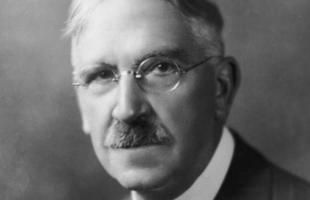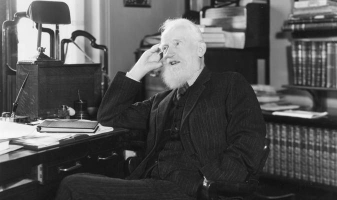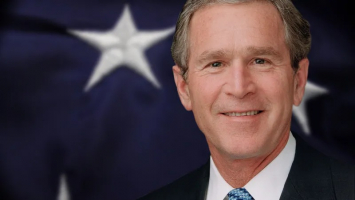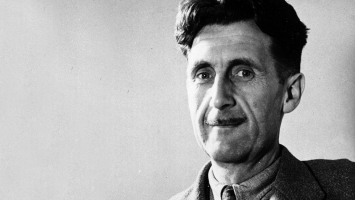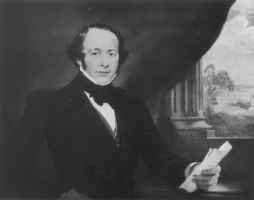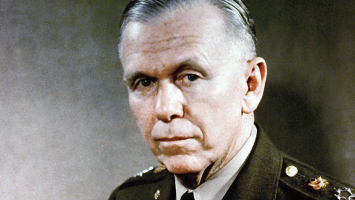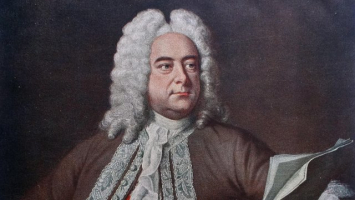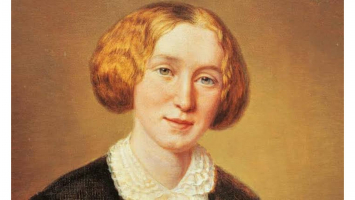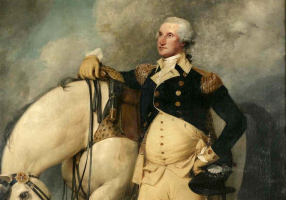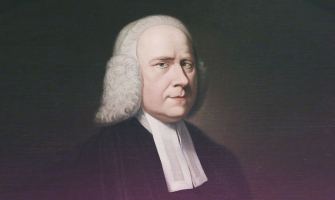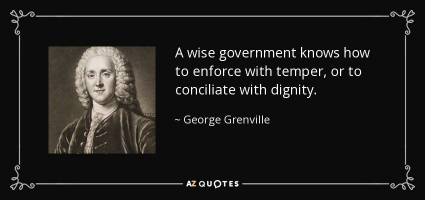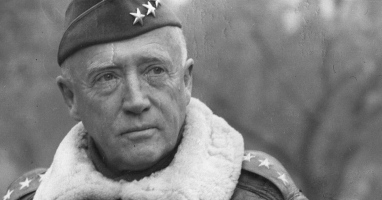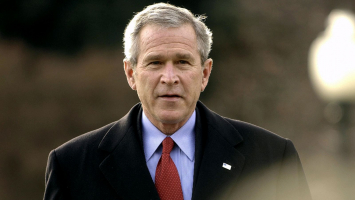Top 6 Interesting Facts about George Dewey
George Dewey was a well-known American Navy officer and, as of today, the first and only person to earn the title of Admiral. To find the most interesting ... read more...facts about George Dewey in this article, let's read the article below.
-
One of the interesting facts about George Dewey is that he was awarded a medal named after himself. To be specific, Dewey was one of only four Americans in history (the others being General John J. Pershing, Admiral Richard E. Byrd, and Admiral William T. Sampson) who were permitted to wear a medal that bore their own image.
In recognition of Dewey's victory in Manila Bay, the Battle of Manila Bay Medal, often known as the Dewey Medal, was created. Each American officer, sailor, and Marine who took part in the action received it. The medals were created by Lincoln Memorial sculptor Daniel Chester French and made by Tiffany & Co. in New York. Each medal had the name, rank, and ship of the recipient engraved on it. George Dewey wore his medal backward out of modesty because his own image was on the obverse.
The Dewey Medal was a commemorative medal even though it was acknowledged as a reward for military service but only honored one combat in a single campaign. It was a one-time award; no campaign stars or devices were permitted on the medal. It includes a round medallion with Admiral George Dewey's image suspended from a blue and yellow ribbon.
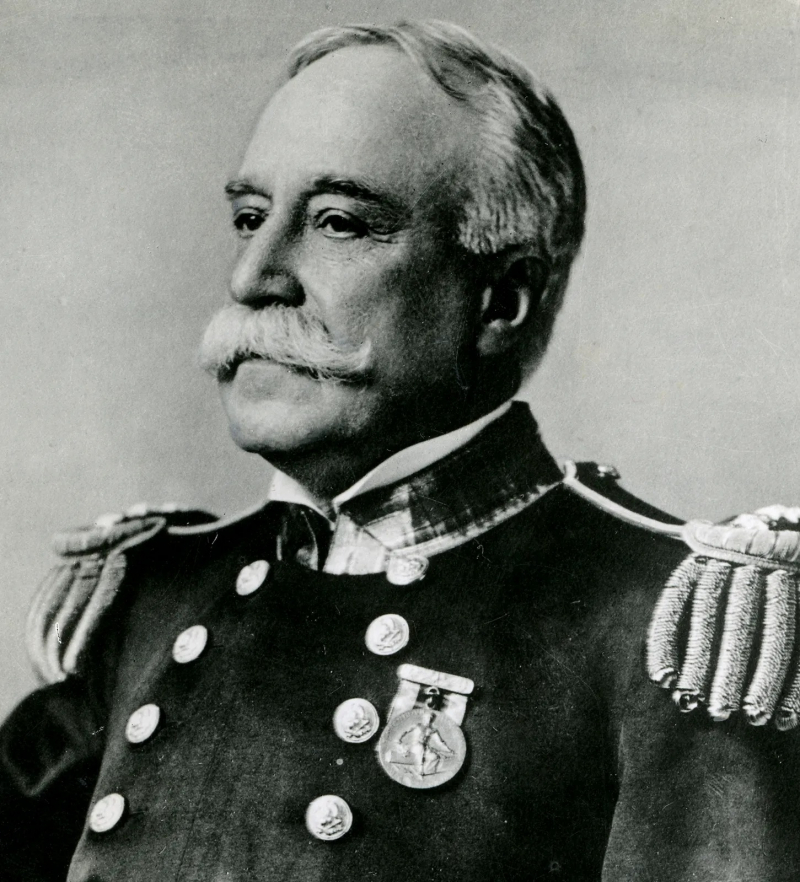
Photo: Britannica 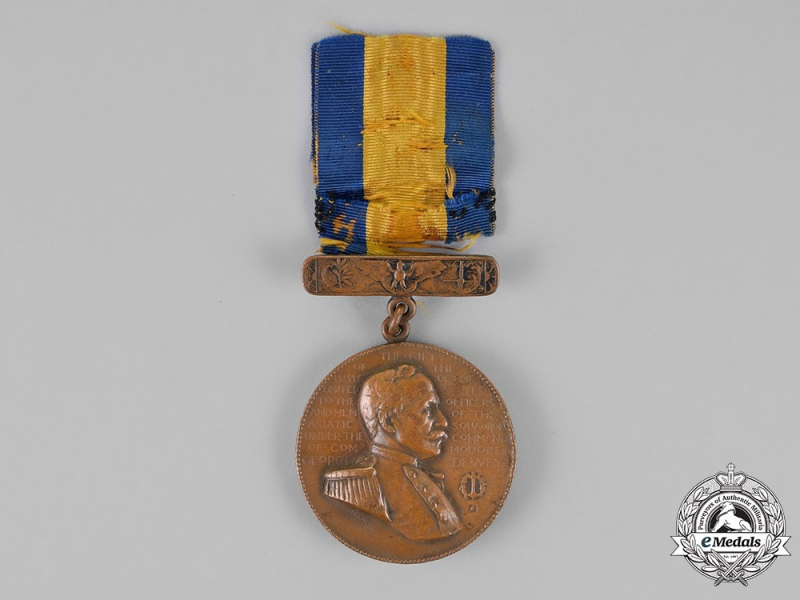
Photo: Emedals -
George Dewey made a promise that he would defeat the Spanish fast and with few fatalities when he set off from China with orders to attack them at Manila Bay. He is famous for the saying "You may fire when you are ready, Gridley" during an attack.
He went from Hong Kong to the Philippines when war finally broke out in April 1898. And on the evening of April 30, his squadron reached Manila Bay where the Spanish force was anchored close to Cavite Island. The following morning, just before 6:00 AM, Dewey began to fire with his two gunboats, four cruisers, and four cruisers in line. By the time the squadron retreated at around 7:35 AM, the majority of the Spanish warships had been sunk or destroyed by American naval gunfire. A few hours later, the American ships picked up where they left off in order to destroy the remaining Spanish ships and the shore batteries surrounding Cavite. Spanish resistance was ineffective, and Dewey was able to overpower them without losing a single man.
The battle lasted about six hours. The result showed that Theodore Roosevelt's persistence in securing Dewey the job in Asia was well-founded, and Theodore Roosevelt congratulated George Dewey for it.
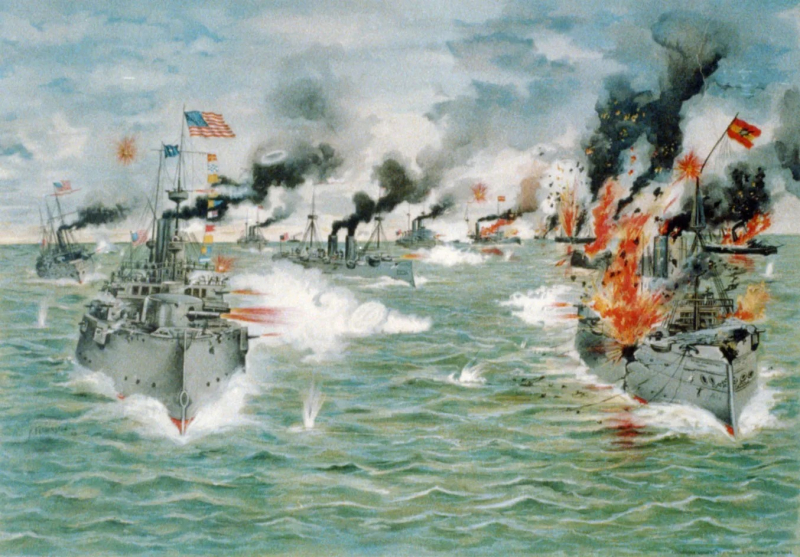
Photo: Britannica Source: History Media -
He was honored with a two-day parade in New York City when he returned to the US as a hero following the Spanish-American War - one of the interesting facts about George Dewey. As part of this hero's welcome, Dewey was rewarded as the Admiral of the Navy - a unique promotion.
The September 30 land march is one of the centerpieces of that welcome. A regiment of sailors from the cruiser Olympia, Dewey's flagship, march by as cheering mobs wave flags in the street. A color guard bearing the American flag and what is likely the battalion flag, troops towing an artillery piece, and medical workers are all part of the battalion. A lengthy line of carriages follows the marching sailors. Robert A. Van Wyck, the mayor of New York City, and Admiral George Dewey travel in the first carriage, which is pulled by four horses (1898-1902).
Following are more carriages with dignitaries and naval personnel. Rear Admiral William T. Sampson, Commander of the North Atlantic Squadron rode a carriage that appears at approximately 53 feet, and the man in the top hat on the vehicle's opposite side was most likely Thomas F. Woods, President of the Board of Aldermen of New York City.
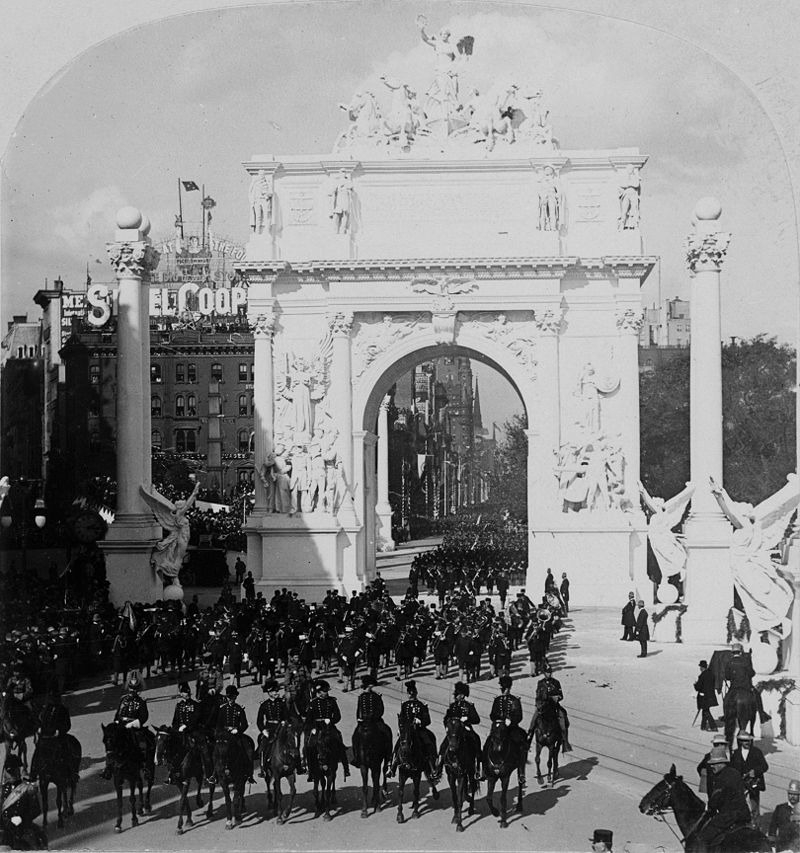
Photo: Wikimedia Commons 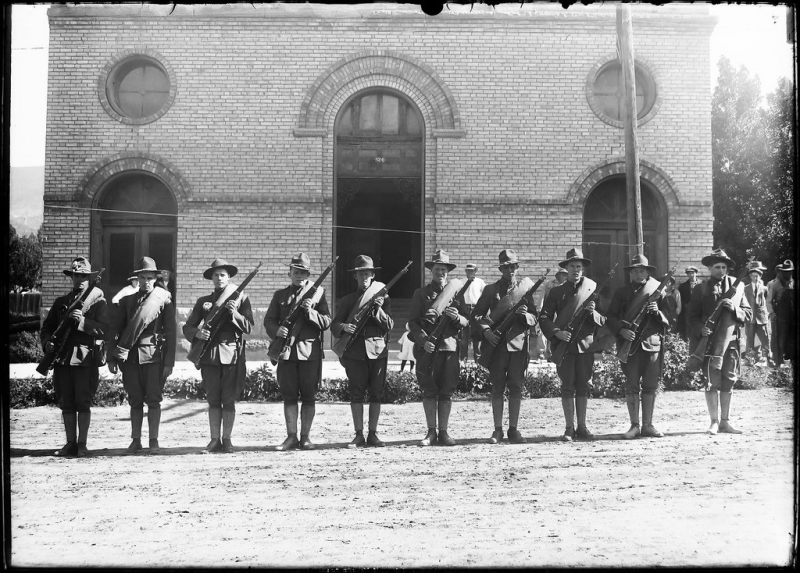
Photo: Flickr -
In fact, 50 Chinese sailors participated in the Battle of Manila Bay with the Asiatic Squadron. However, the Navy had not authorized this at the time. As a result, George Dewey requested in a letter to the Secretary of the Navy that the "Chinese Exclusion Act" that was in force at the time be suspended so that these soldiers might enter the country. According to the law, Chinese laborers were not allowed to enter the US to live and work there after the Act was introduced in 1882.
George Dewey noted that the Chinese sailors had been very helpful in the combat and had displayed “courage and energy in the face of an enemy”. He acquired that since he was thousands of miles from the nearest American port, he purchased the merchant marine coal supply ships Nanshan and Zafiro in Hong Kong to ensure that his ships had access to enough coal. He believed that they should be allowed entry into the United States as a form of reward for their service. However, the Congress declined to take up their cause, and Dewey ultimately received no response.
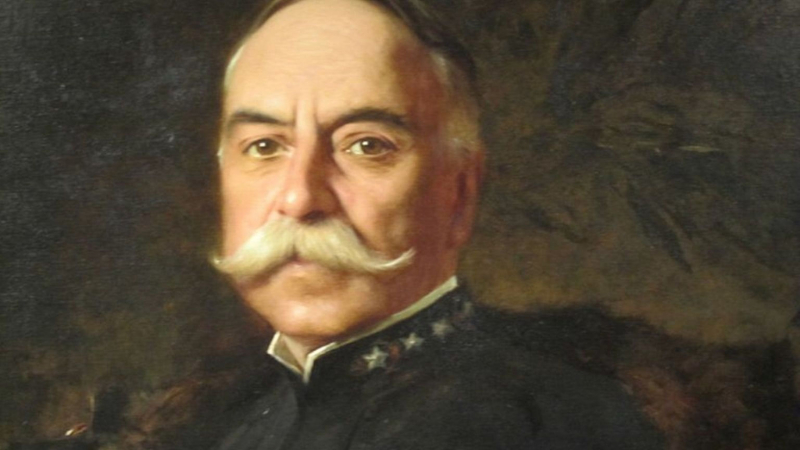
Photo: ThoughtCo 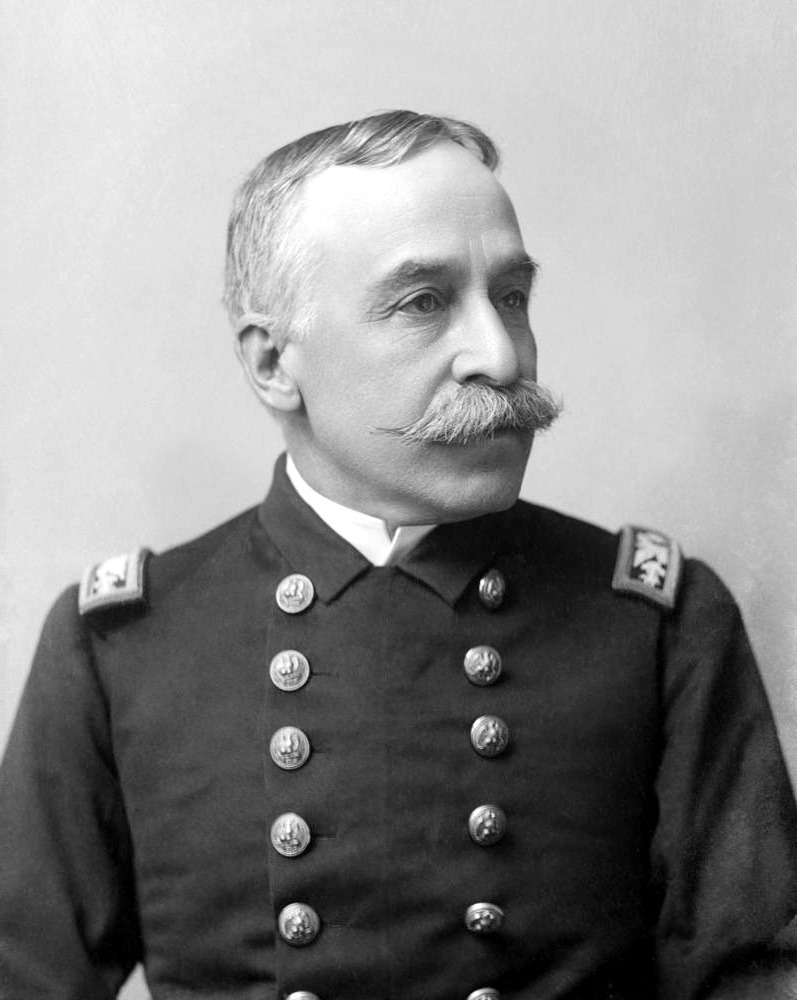
Photo: Wikipedia -
Many people recommended that George Dewey run for President in 1900 on the Democratic ticket. However, mistakes in public relations traumatized his campaign. According to a report, he claimed that the job of the president would be simple because the executive branch only had to carry out orders in order to implement the laws passed by Congress.
He also stated that he would "execute the laws of Congress as faithfully as I have always executed the orders of my superiors." He acknowledged that he had never voted in a presidential race. It is more controversial when he casually but accurately predicted that "our next conflict will be with Germany" to a newspaper reporter.
Additionally, George Dewey married a Catholic (something some Protestants didn't approve of) and gave her a house that he had been given by the country. Dewey withdrew from the contest in the middle of May 1900. Overall, his candidacy seemed doomed, and he resigned, endorsing William McKinley, who went on to win the election. After withdrawing from the presidential contest, he was appointed president of the recently founded General Board of the Navy Department, which was the Navy's main policy-making body.
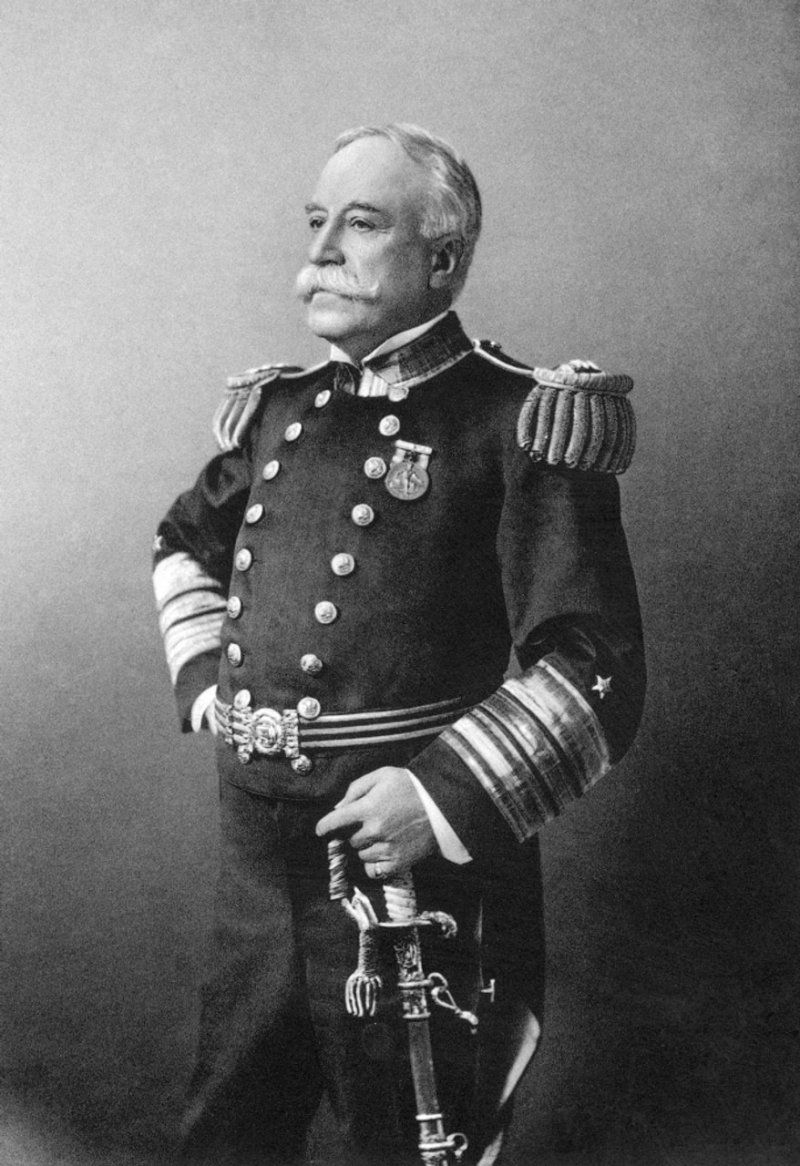
Photo: Posterazzi 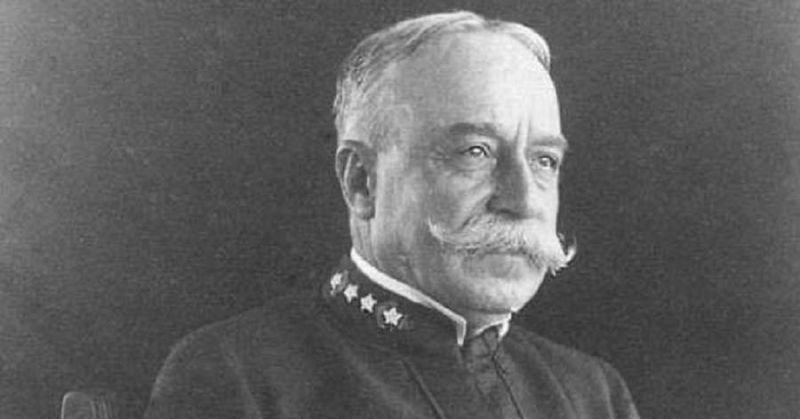
Photo: The Famous People -
George Dewey first met his first wife when he was deployed to work at the Portsmouth Navy Yard in Kittery, Maine, in 1866: [4] Susan "Susie" Boardman Goodwin (1844–1872), who was the daughter of New Hampshire's war governor, Ichabod Goodwin, a Republican who outfitted men for the war at his own expense. They wed on October 24, 1867, and had one son, George. Five days after giving birth, on December 28, 1872, Susie passed away.
The long-time widower was handsome and enjoyed being around ladies. He stumbled upon his son in 1893 while taking two women onto a battleship. Dewey responded quickly and identified his son as his younger brother - one of the interesting facts about George Dewey.
Mildred McLean Hazen (1850-1931), the widow of General William Babcock Hazen, and George Dewey got married for a second time on November 9, 1899, in the rectory of St. Paul's Catholic Church in Washington, D.C., upon his triumphant return from the Far East. They were unable to wed inside a Catholic church since Dewey was not a Roman Catholic and neither was Hazen. Some anti-Catholic forces condemned the couple, as well as Dewey's transfer of the $50,000 Washington mansion that the American public had given him through a fundraising effort to his wife.
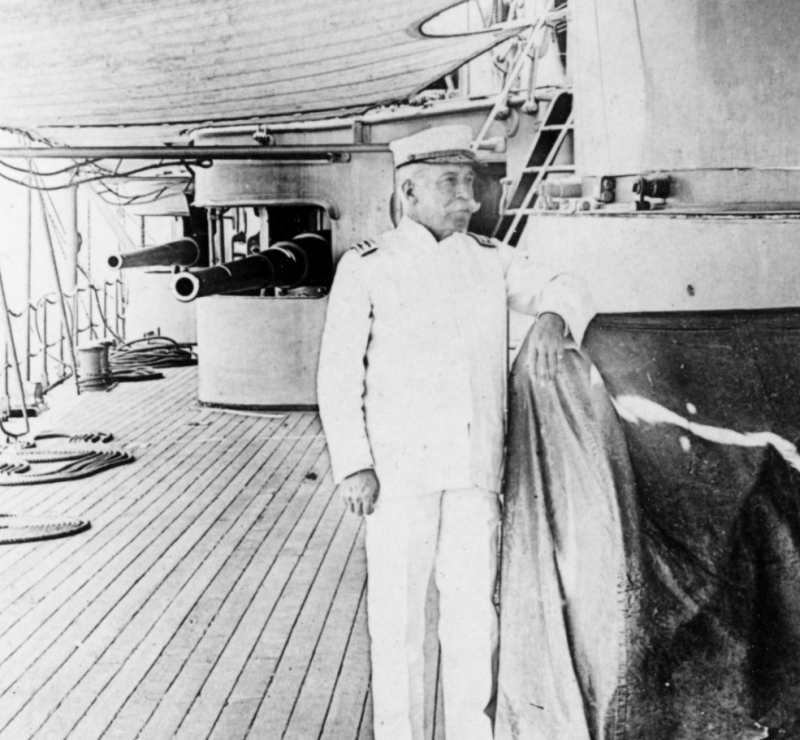
Photo: Navy.mil 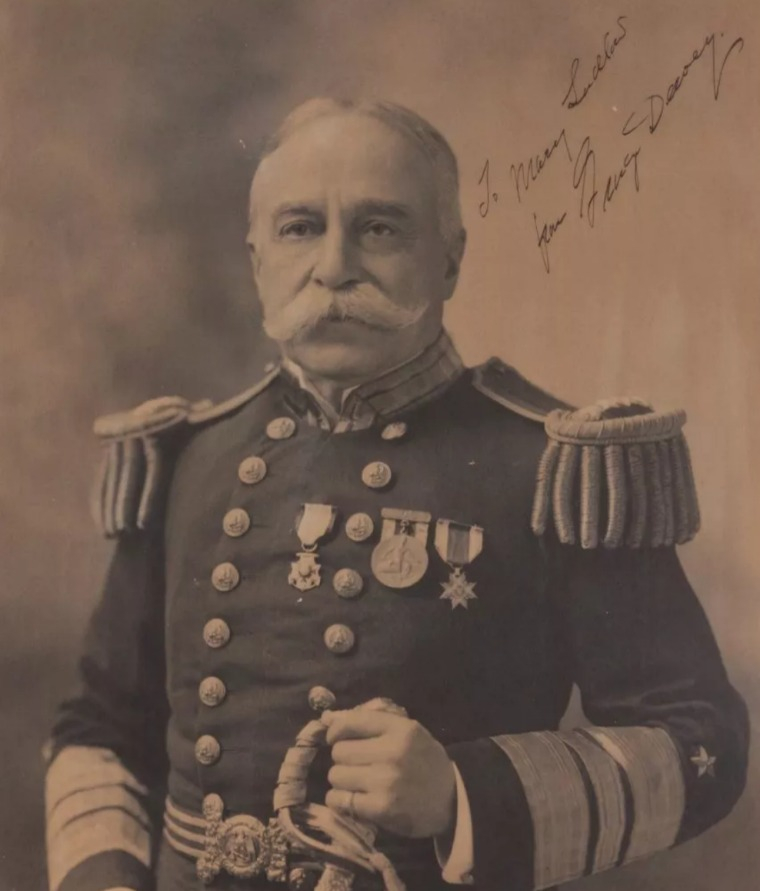
Photo: Reddit








